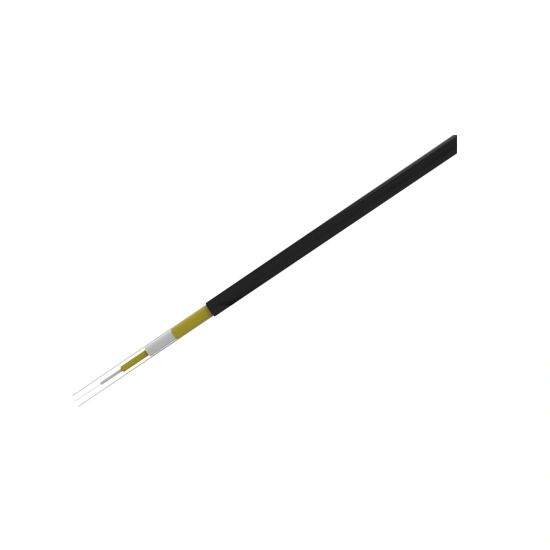Lighting the Path: Optical Cable Advancements Illuminate High-Performance Networks

High-performance networks rely on efficient and reliable transmission of data, and one critical component of this infrastructure is optical cables. In recent years, significant advancements have been made in optical cable technology, enhancing the performance and capabilities of network systems. This article aims to provide a comprehensive overview of these advancements and their implications for high-performance networks.
The Evolution of Optical Cable Technology
Optical cable technology has evolved considerably since its inception. The earliest optical cables used multimode fibers, which limited the distance and data transmission rates. However, the introduction of single-mode fibers paved the way for long-distance, high-capacity data transmission. Today, further improvements in optical cable materials and designs have significantly enhanced network capabilities.
Fiber Optic Advancements: Increased Bandwidth and Speed
The core of optical cable technology lies in fiber optics, and recent advancements have focused on increasing both bandwidth and speed. First, the use of pure silica as the core material has reduced signal loss and interference, resulting in higher data transmission rates. Additionally, advancements in fiber designs such as dispersion-shifted fibers and photonic crystal fibers have enabled increased bandwidth, allowing for higher data capacity and faster communication.
Enhanced Durability and Flexibility
Optical cables are often installed in challenging environments where they may be subjected to physical stress. To address this, advancements in cable construction have focused on improving durability and flexibility. For instance, the introduction of bend-insensitive fibers allows cables to be bent at tighter angles without sacrificing signal quality. Furthermore, the development of ruggedized cable designs and protective coatings ensures that optical cables can withstand harsh conditions, making them suitable for a wide range of applications.
Low Latency and Low Power Consumption
In high-performance networks, low latency and power consumption are essential. Advanced optical cable technologies help minimize latency by reducing signal propagation delay, allowing for faster and more reliable data transmission. Additionally, the use of energy-efficient components and designs has resulted in reduced power consumption, contributing to more sustainable network operations.
Integration with Emerging Technologies
As high-performance networks continue to evolve, integration with emerging technologies becomes crucial. Optical cable advancements have facilitated their seamless integration with technologies such as 5G, Internet of Things (IoT), and cloud computing. These advancements enable high-speed, low-latency connections, supporting the growing demands of these technologies and paving the way for future innovations.
In conclusion, advancements in optical cable technology have significantly enhanced high-performance networks. These advancements have improved data transmission rates, increased bandwidth and speed, enhanced durability and flexibility, minimized latency, and reduced power consumption. As a result, businesses and individuals can enjoy faster, more reliable, and efficient communication in an increasingly connected world. With further research and development, optical cable technology will continue to illuminate the path for future network advancements.



